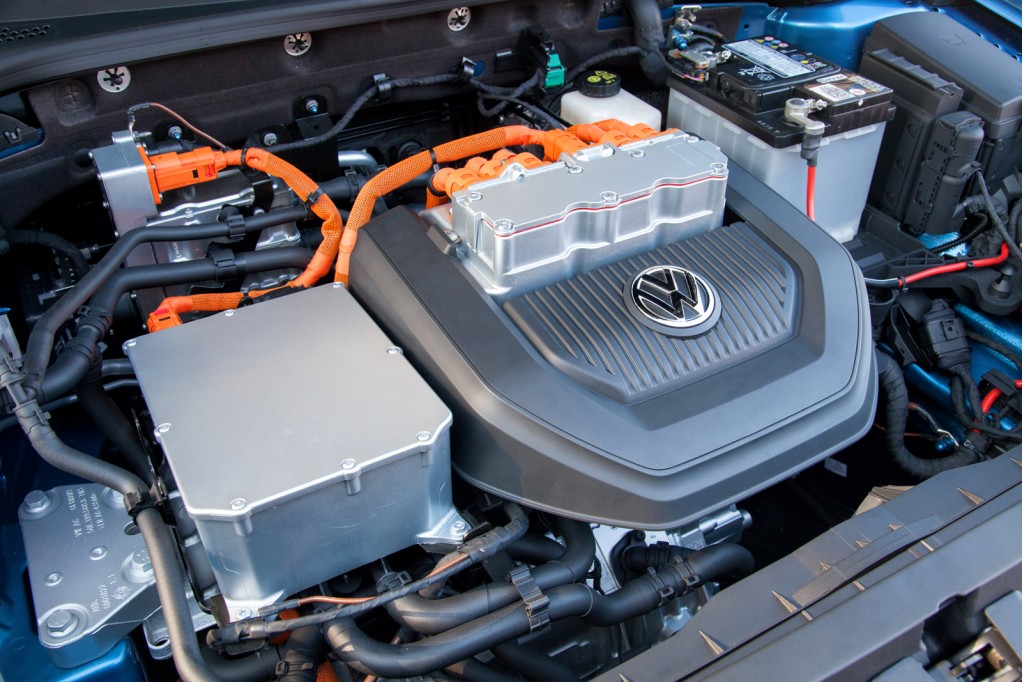Not every car is ideally suited to every environment.
A Mazda MX-5 Miata likely won't get very far on a muddy off-road trail, and a gigantic Cadillac Escalade ESV isn't much fun to drive in dense city traffic.
DON'T MISS: 2015 Volkswagen e-Golf: Drive Report, First U.S. Sale Details
Similarly, Michigan in winter probably isn't the best place to drive an electric car.
At least, that's what is indicated by the saga of driving a Volkswagen e-Golf electric car in the current cold conditions of Michigan as described in The Detroit News.
Taking a long trip in the Volkswagen required some extreme measures of energy conservation.

2015 Volkswagen e-Golf
While 240-Volt Level 2 charging stations are fairly plentiful, Michigan only has three DC fast-charging stations in the entire state.
One is a Tesla Supercharger, and two CHAdeMO stations compatible with the Nissan Leaf.
The VW e-Golf, however, uses the Combined Charge Standard (CCS) protocol, so e-Golf drivers in the state are presently out of luck.
CHECK OUT: VW To Spend $10 Million On Electric-Car Charging Sites, Asks Governments To Step Up Too
That makes driving long distances or on inconsistent routes challenging--winter weather or not.
This led to a brutal regime of energy conservation, including wearing thermal underwear to keep use of the heater to a minimum, despite the cold outside temperatures.
The radio stayed off too, while features that couldn't be defeated--like the park assist--became annoyances because of the energy they were potentially wasting.

2015 Volkswagen e-Golf
Yet this wasn't viewed as torture, surprisingly.
The e-Golf was deemed "fast and fun," and the author's good feeling of saving money on gasoline apparently made up for the cold.
More importantly perhaps, the author said the drive to conserve energy got him more focused on, well, driving.
ALSO SEE: BMW, VW, And ChargePoint To Build 100 CCS Fast-Charging Sites For Electric Cars
Electric cars are sometimes accused of lacking the opportunity for driver involvement--but perhaps they just encourage a different kind of involvement.
Sure, tracking the energy use of headlights may not be as visceral as appraising steering feel or throttle response.
But it's better than sitting idly by and remaining ignorant of the workings of the machinery--and it clearly leads drivers to think more about energy use overall.
_______________________________________________












